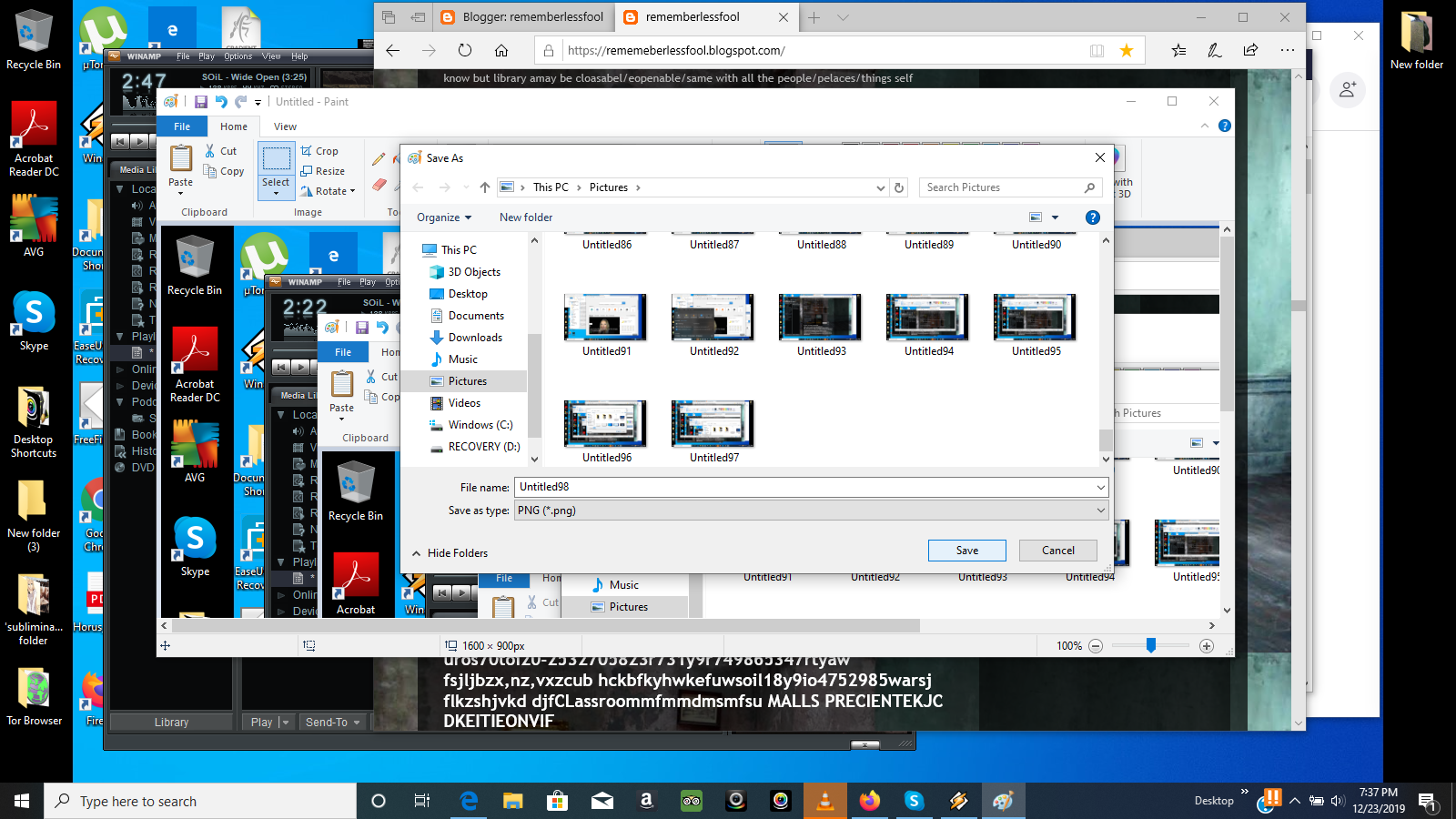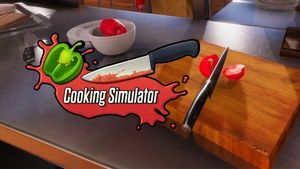


Consequently, this effort developed software engines that provide high-quality physics simulations and rendering software in the robotics domain. The creation of virtual worlds requires considerable processing power to render graphical environments and physics calculations. With that, realistic simulations are also possible thanks to the game industry’s efforts to create realistic visualisation in computer games. In almost every computer today, it is possible to run complex algorithms and many graphical calculations. Robot simulation started to become feasible and got more attention when the computational power of personal computers increased over the years in a significant way. Simulators utilizing a graphical user interface and visualization tools can provide us with a realistic way of visualizing the robotics system’s operation. Hence, the simulation tools can, for sure, improve design, development and robotic operating systems.

Although, as the system’s complexity increases, the need for simulation rises at the same level. By designing new products and investigating performance, simulation permits the study of structures, characteristics and a robotic system’s function no matter how complex it is. The simulation tests can be gradually increased to a level where these virtual systems can help to solve real challenges of the physical world, create new revolutionary products and push human imagination and creative boundaries-one of the main applications of simulation in the robotics field. Researchers and companies may build experimental systems using simulators even in the early development stages, testing complexity, reality and specificity. It is also an interdisciplinary field, applied in all research fields in society, from engineering and computer science to economics and social science, and at all different scientific study levels, even to manufacturers. The simulation application enables learning about something in a very effective way and, by modifying environment rules, we can observe the results of the interactions. It helps to understand our reality and its complexity by building artificial objects and dynamically acting out roles. Simulation is the process of designing a model of an actual or theoretical physical system, executing the model and analyzing the output. With the development of computers, simulation has become a powerful tool in the many areas in which it can support design, planning, analysis and decision-making in research and development.


 0 kommentar(er)
0 kommentar(er)
